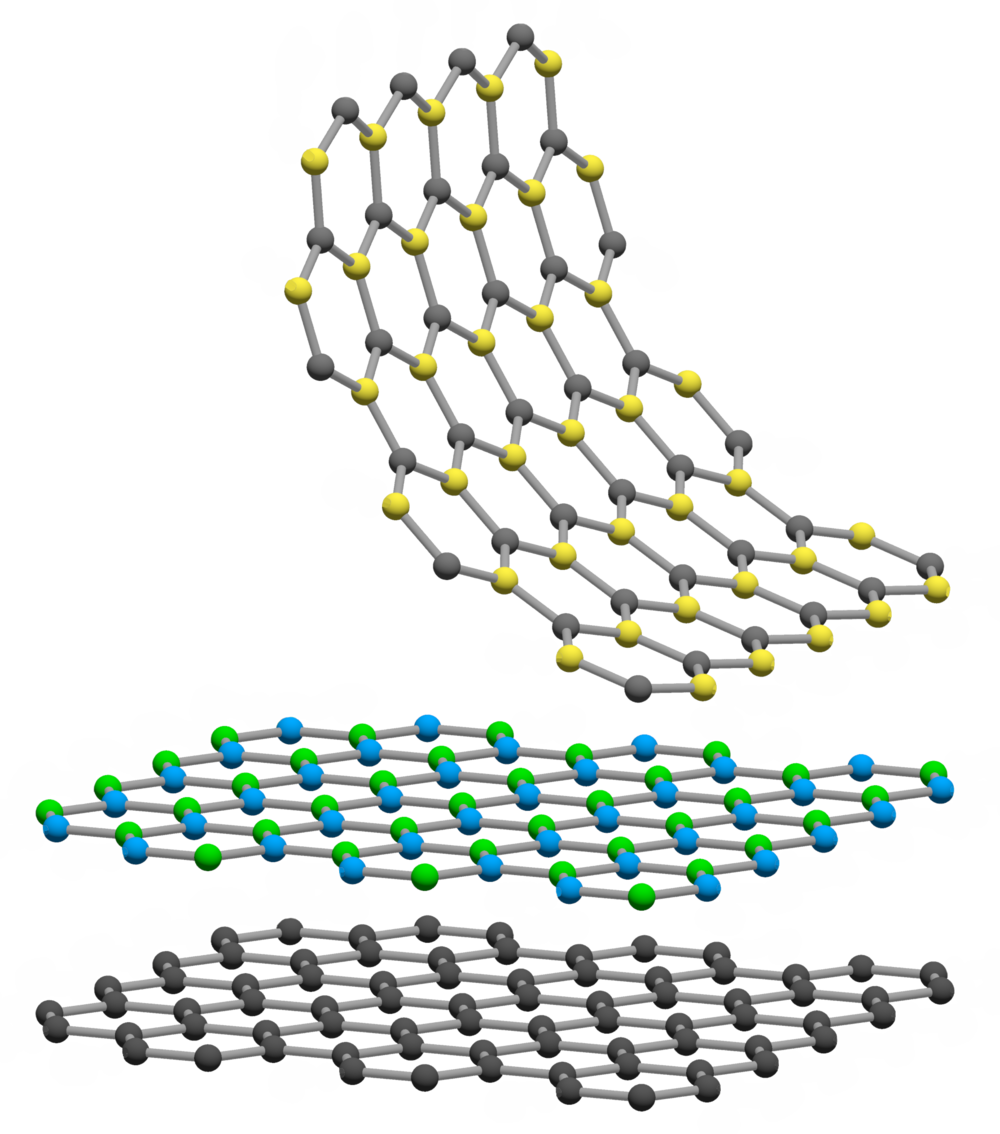2D Materials
Different Forms Of 2D Materials

2D Materials | Image Resource : static1.squarespace.com
The first two-dimensional material was discovered in the year 2004. It was formed from a single layer of graphite. Since then many other two-dimensional materials were discovered and brought into use. These materials are rich in various properties which have made them valuable and worthy of use in research works.
The materials are such that it has made the scientists and engineers interested. The 2d materials emerge some properties of fundamental physics. It is also rich in something that could be used in making devices for future use.
The main features of two-dimensional materials are as follows: - strong, thin, lightweight, hard, conductor, stretchable, transparent and bendable.
The materials are such that it has made the scientists and engineers interested. The 2d materials emerge some properties of fundamental physics. It is also rich in something that could be used in making devices for future use.
The main features of two-dimensional materials are as follows: - strong, thin, lightweight, hard, conductor, stretchable, transparent and bendable.
The different kinds of 2d materials
Graphene – It is a thin single layered sheet which has a thickness of a single sheet of an atom. It is carbon in the form of crystalline allotrope. It is strong than other steels. It is one of the best conductors of heat and electricity. It was the first 2d material and was discovered in the year 2004.
Borophene – It is crystalline in nature and is a single layer sheet of boron. It is available in different structures.
Graphyne– It is another allotrope of carbon. The structure of it is more like the structure of graphene. It was discovered before 1960. But it is not yet synthesized. In recent days, it is said that graphyne is a good competitor for graphene.
Stanene – This is a material that is considered to be an insulator of topology. The main composition of it is tin atoms. These are also a single layered material. The structure of it helps to fight against pollution. It has the capability to trap the pollution causing elements and destroy them when the temperature is low.
Phosphorene – This is an allotrope of phosphorus and is two-dimensional in structure. It has a different property from that of graphene. It is highly mobile as it emerges a gap of a nonzero band. This makes the material a semiconductor and is better than that of graphene.
These are some of the materials which are two-dimensional in structure. There are more similar materials available in the market. The distinct properties of these two-dimensional materials have made them beneficial for a variety of uses. These materials are now used in various sectors, like, optical, engineering, scientific, food and what not. These materials are also a very good absorber of light.